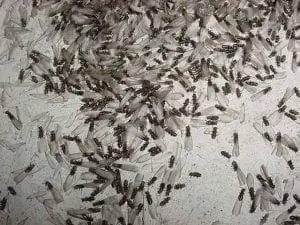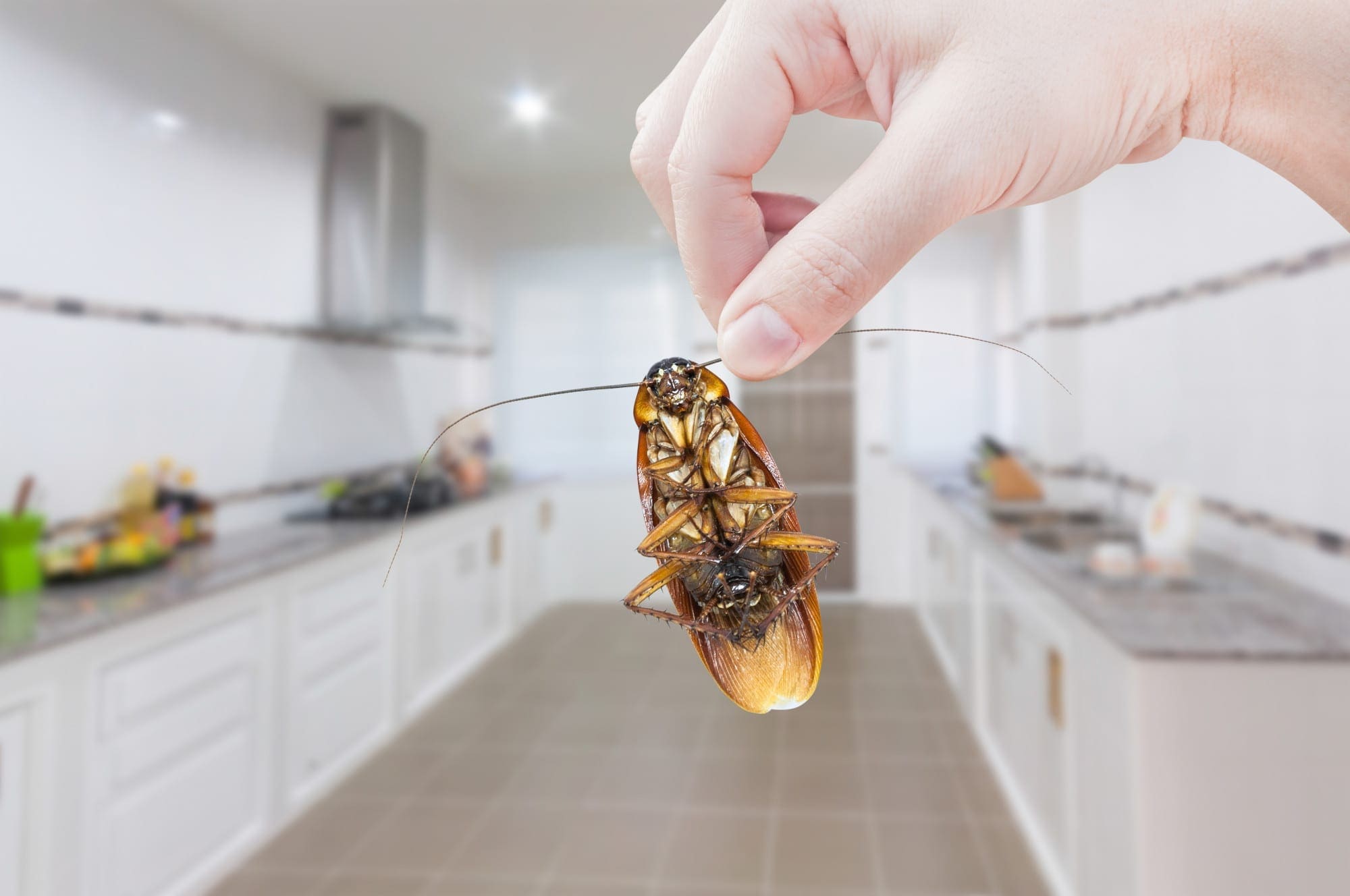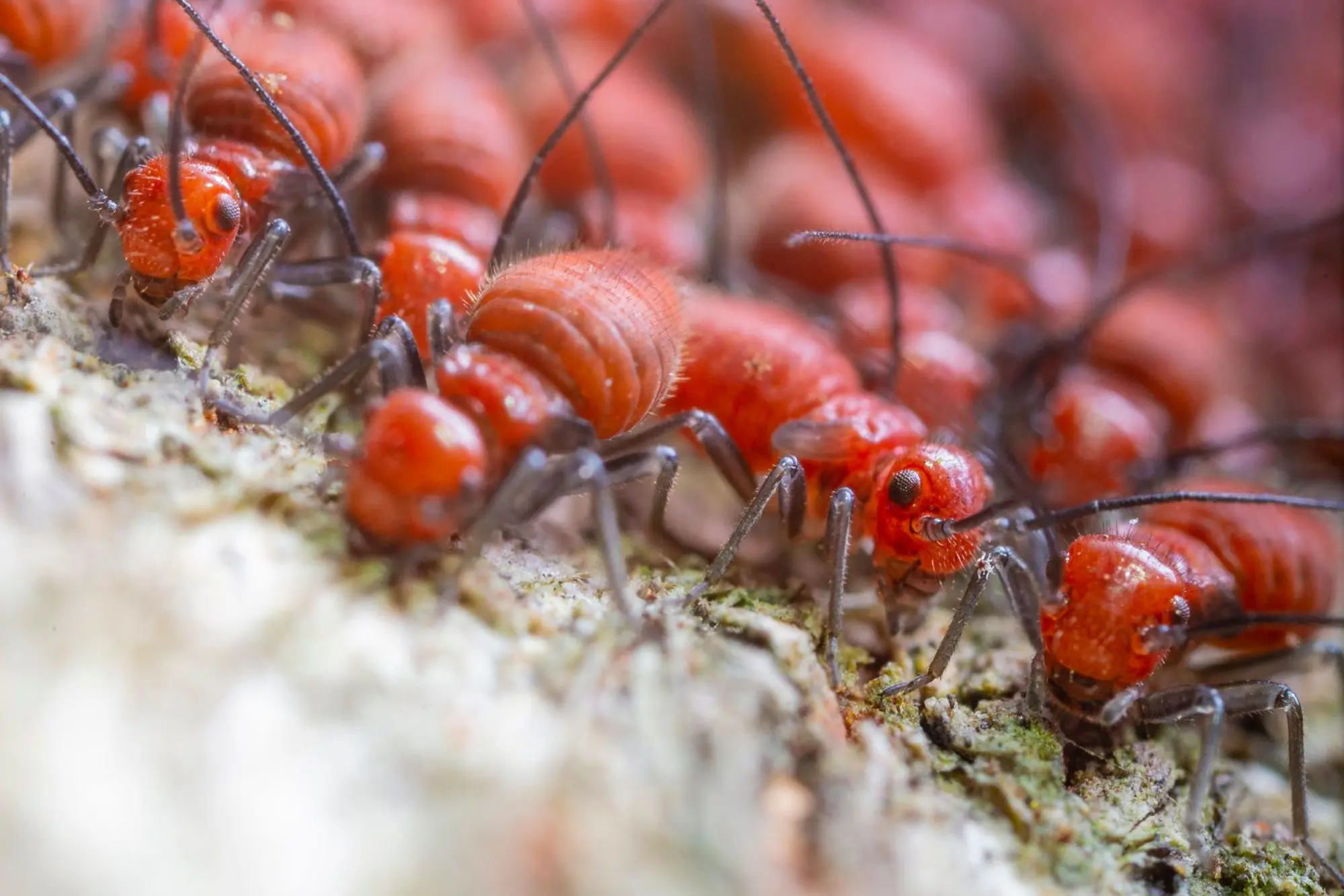Concerned about termite damage? These pests have been around for 120 million years. Even today, they’re dreaded by homeowners worldwide.
Each year, U.S homeowners spend over $5 billion to fix the damages caused by termites. Commonly referred to as the silent destroyers, these bugs can ruin your property.
No building is safe from termites. The damage they can cause depends on the termite species, size, and food sources available. These pests can chew through wood, paper, plastics, sheetrock, and lumber.
Without adequate termite control, you could lose your favorite artwork, clothes, and books in a short time. The only way to avoid the damage is to take preventive measures and act fast.
As a homeowner, it’s your responsibility to keep termites away from your house. Here are some tips to help you out:
Reduce Moisture in Your Home
Termites thrive in warm, moist environments. Leaking water pipes, faucets, and rotted roof shingles increase the risk of infestation.
The best thing you can do is to reduce the moisture in your home. Check your property for any signs of leakage, and then take the steps needed to fix it.
Use gutters and downspouts to divert water away from your home. Repair any leaking pipes and faulty AC units. A dehumidifier can help reduce moisture too.
Trim the Trees on Your Property
Even though most termite species feed on dead wood, some prefer live plants.
If you’re concerned about termite damage, cut away any plants or branches that reach over onto your house. Tree trimming should come first on your list.
Watch Out for Signs of Termite Infestation
These pests can cause severe damage to your property before you even notice their presence. They eat wood, paper, and other materials from the inside out. For this reason, they’re not visible with a naked eye.
Before calling a termite control expert, look for any signs of pest infestation. These include but are not limited to:
- Flying ants inside your home
- Piles of wings
- Mud tubes made of wood cellulose or soil
- Mud in construction joints
- Damaged wood
- Tiny holes in furnishings and other wood structures
- Bucking paint
Use a flashlight and a pocketknife to check for signs of termite infestation.
Pay close attention to wood structures, expansion joints, and cracks in the cement. Inspect the basement window frames, support posts, and sills as well.
Take Care of Your Property
Termites are more likely to grow and spread on properties that are poorly maintained. Decaying wood, old tree roots and construction materials left in place after the home was built create the perfect conditions for pests.
Clean your property regularly. Get rid of old foam boards, tree stumps, newspapers, and other stuff that termites feed on.
Fill any cracks in the concrete on your property. Make sure the air conditioning doesn’t leak. Don’t allow bushes trees, and climbing plants grow against the building.
To keep your home safe from termites, use treated wood for garden fences. Store firewood as far from the house as possible. Consider adding a chemical termite barrier around the property.
Get Expert Help for Termite Control
Sometimes, DIY termite control isn’t enough to keep pests away from the house. Depending on where you live, you could be at a higher risk of pest infestation.
Plus, if you already have a termite colony in your home, getting rid of it can be challenging. These bugs can take over your house – and your life.
Termite control services are your best bet. A specialist will know exactly what to look for and how to prevent further damage to your home.
Don’t let these pests steal your peace of mind and ruin your property! Call an expert today!




